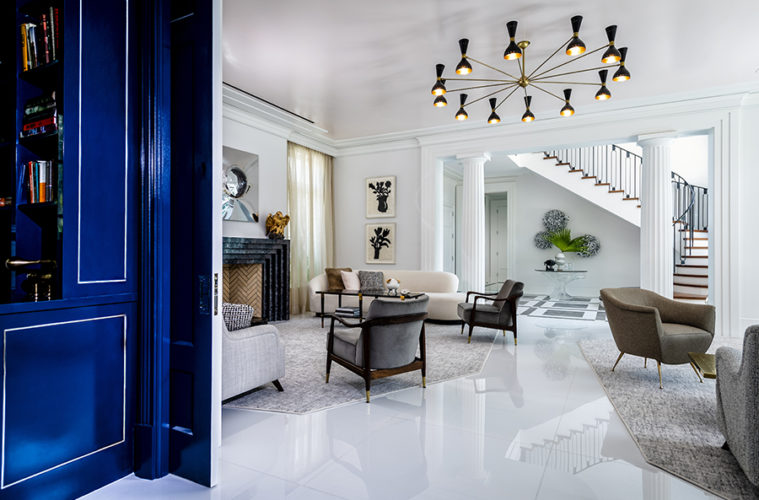Twenty-six years ago, Rob Brown and Todd Davis opened an interior design business together in Washington, D.C. Prominent clients included Bill and Hillary Clinton and the British Embassy. “We understood D.C. and what was appropriate,” says Brown, alluding to the conservative culture and traditional tastes of the nation’s capital. “As businessmen, it was wonderful but as creative artists, we felt restricted.”
Each armed with an MBA, an innate design sense and an irrepressible passion, they decamped to South Florida—first Palm Beach, then Miami—and set up shop. Today, Brown Davis Architecture & Interiors is known for combining modern styles with classical sensibilities and a flair for the eclectic in homes in Florida and other coastal states, including California and New York. Encouraged by their clients’ response to their signature approach, the pair’s portfolio has expanded from just interiors to encompass full exterior and interior architectural services, including furniture design, as well as landscaping.
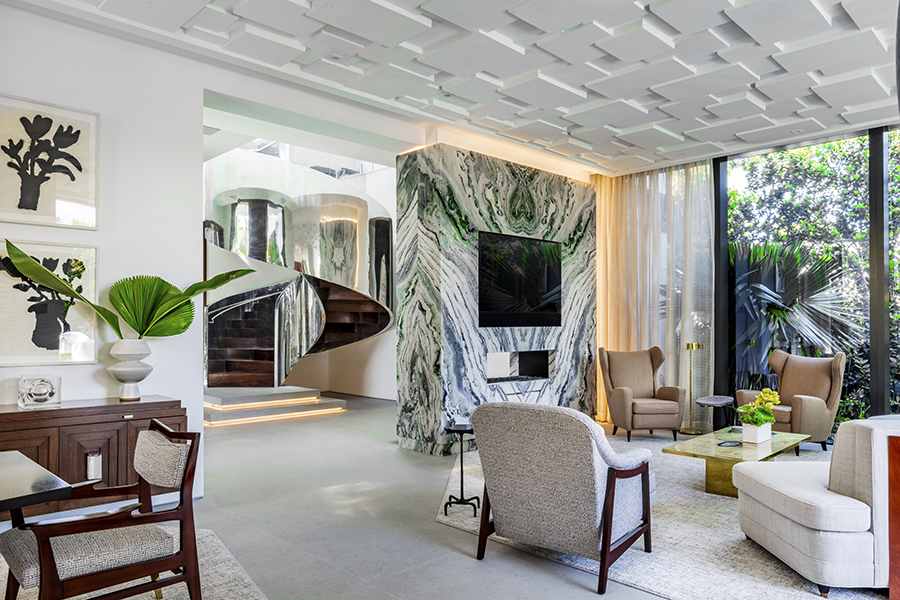

By moving 1,000 miles down the Eastern Seaboard, Brown and Davis were seeking a lot more than balmy weather. “[In South Florida] we sensed that design-wise we would have free rein to dream and try, experiment and have new growth,” says Brown. Their timing couldn’t have been better. In the year following their move, 2002, Miami Beach started hosting Art Basel, the Swiss art fair that’s widely regarded as the most prestigious in the world. A few years later, Design Miami, the annual furniture-and-objet-focused fair that runs concurrently with Art Basel, got underway.
As the Miami art scene has flourished in the last decade and a half, an influx of contemporary design devotees from the U.S. and abroad has added breadth to Brown Davis’s clientele in this part of the country. “Art is everywhere,” says Davis. “I have seen our clients become more experimental with art, architecture and furnishings, which I believe has resulted in a major way from the influence of Art Basel.”
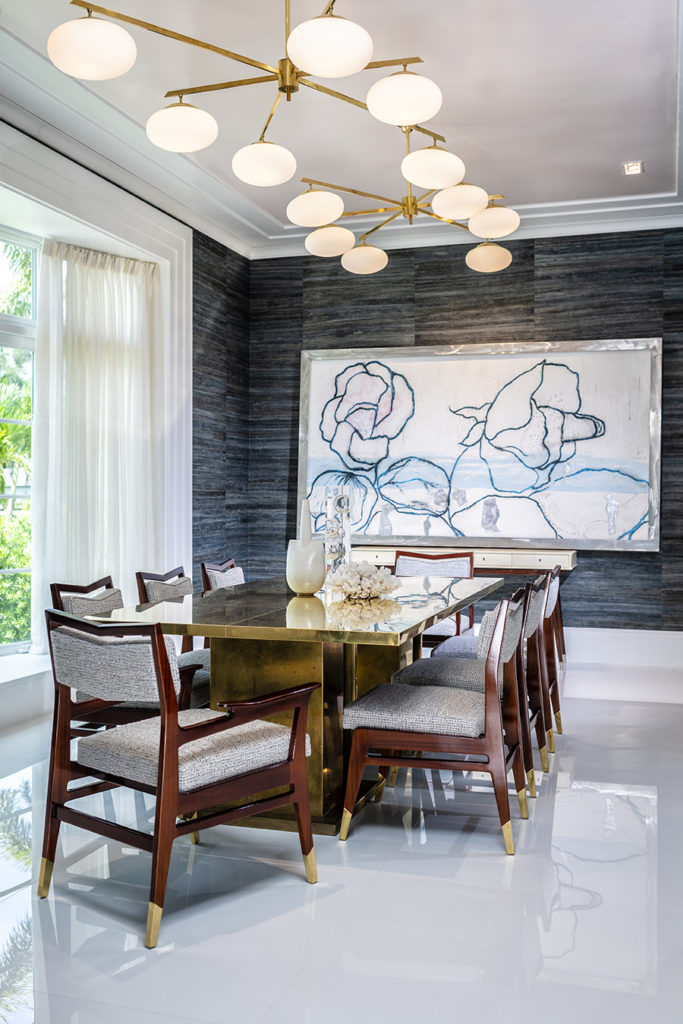

For a recent Miami Beach project that called for a balance of traditional and modern, the design duo opted for contemporary gray tones to focus attention on the husband’s collection of works from emerging artists, but they also imbued a coziness in some rooms via warm rosewood veneer and walnut paneling in recognition of the wife’s less adventurous tastes. A highly polished steel spiral staircase looks every bit as at home here as do a pair of 1940s wing chairs.
It is just this sort of genre bending and taking leaps of faith that Brown Davis clients are after. “The current culture is that there are many options,” notes Brown. The team consults regularly with young couples who are growing weary of the modern white-box trend and appreciate the traditional architecture of, say, their grandparents’ home (which they may have even inherited). However, they want their houses to look different–more like them–inside. No rules say they have to live stiff or formally and “frankly,” says Brown, “[the design process] just becomes much more interesting that way.”
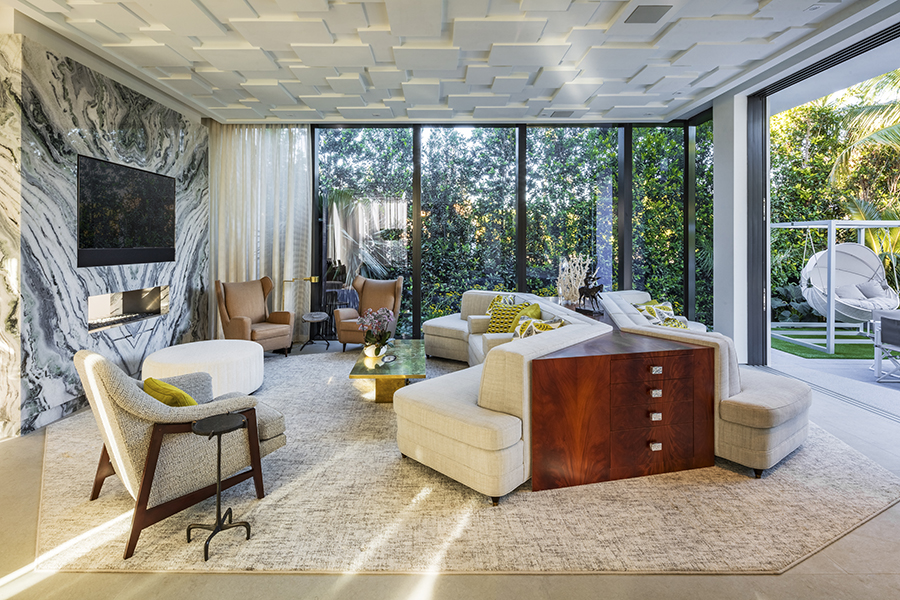

Another recent Miami Beach project is a stunning, accurately proportioned English Georgian home in Sunset Island. As a nod to the homeowners, a young couple coming from Palm Beach, Brown Davis washed the stucco exterior in a very soft, shell pink. In the rooms, instead of all English furniture, they mixed things up, choosing, for example, a 1960s Vladimir Kagan curved sofa and mid-century Marco Zanuso Italian chairs. “Let’s not use what you’d expect,” they told their clients. “Let’s use what you guys look cool in and make it fun.” Irregular-shaped rugs–pieces of art themselves–were placed in very classically proportioned rooms. “Everything is executed exquisitely and fine materials are used, but [the overall effect] is more playful, younger, fresher,” observes Brown, while Davis adds, “We considered this house to be a combination: there’s some deco influence, there’s some very current influence, some traditional English influence. We wanted to combine it all.”
Brown and Davis come by their signature eclecticism honestly. Brown’s parents are English and he grew up in a stately home on the Potomac River in Virginia. Sir Edwin Lutyens, who designed the British Embassy in the style of an English country manor, is a favorite of his. By contrast, Davis spent part of his childhood in a midcentury modern Joseph Eichler home in Southern California and was influenced by its clean lines, atriums and floor-to-ceiling glass. Richard Neutra is another midcentury architect that Davis admires.
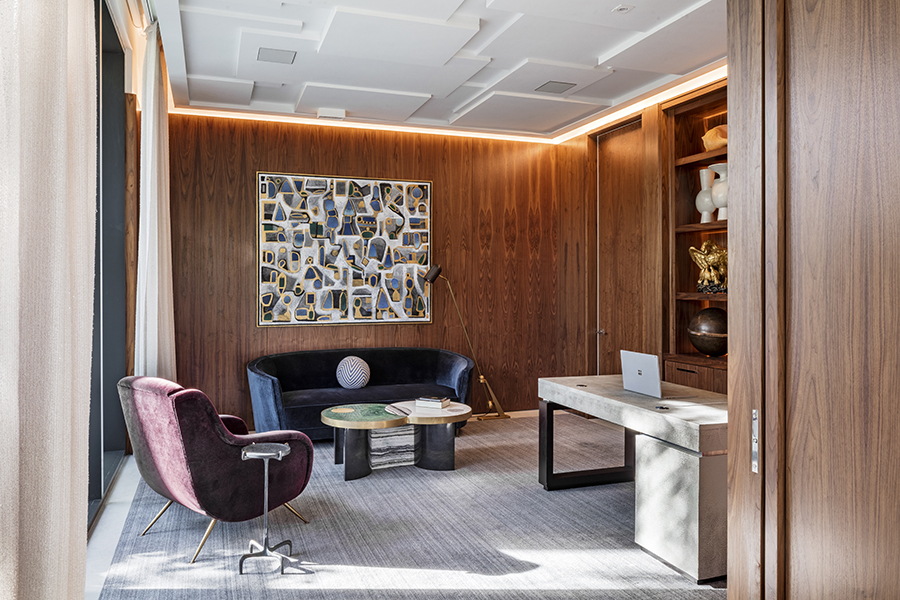

The through-line in Brown Davis’s body of work is also their motto, “Comfort is the greatest luxury.” Even in the biggest houses, their aim is to make every room, even the most formal, appealing, whether it’s where one person sits with their coffee and laptop every morning or it’s the setting for a big-ticket fundraiser. Other signatures of their spaces are big windows, light, air and volume, no matter if the enveloping architecture is ultra-contemporary or from an earlier, more conventional period.
Responding to their clients’ desire for cohesion in all aspects of their living space, Brown and Davis have teamed up with luxury furniture maker Keith Fritz to produce the Brown Davis Interiors Collection–dining tables, cabinets, mirrors and more in bold-colored and natural wood finishes that fit into traditional, transitional or modern settings. “We love to have a beautiful space that is inviting as a result of the furniture not only being gorgeous but also incredibly compelling and welcoming,” says Davis. “Then, it’s a success.”
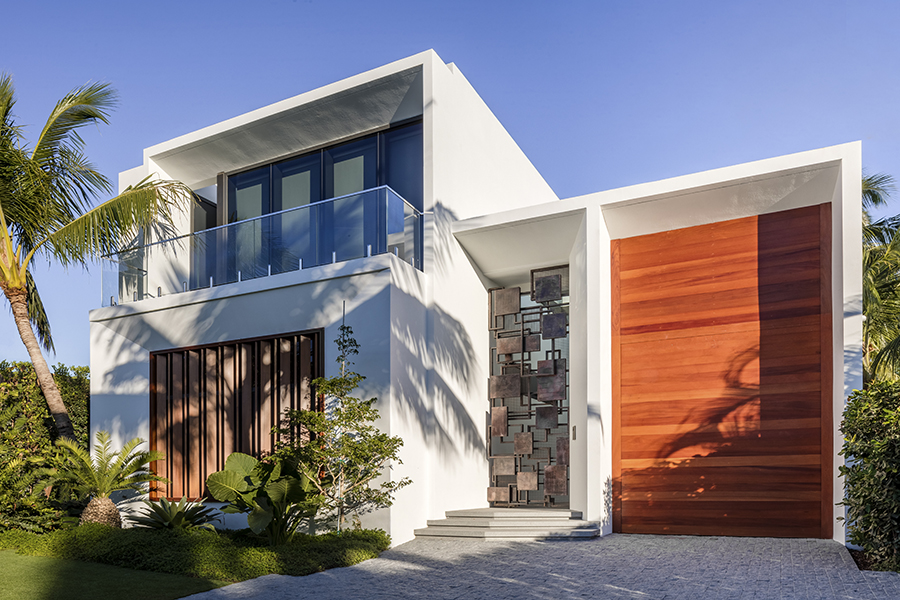

The designers liken their process to dressing a Hollywood A-lister for the Oscars. “What we do for our clients is bespoke or couture,” notes Davis, emphasizing that their responsibility is to bring a client’s dream to life and make them look good. Just as a leading lady would shudder at being seen in the same outfit as a peer, Brown Davis clients are concerned first and foremost with projecting individuality. And it gives the design team immense satisfaction that, as Davis says, “Not one of our clients has come to us saying, ‘I saw what you did [for someone else] and I want exactly that.’”


